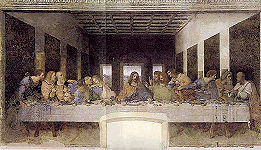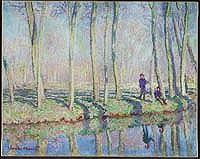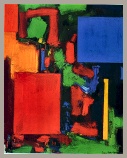| all art is art or is it ? |
| We have all these differing art forms
such as: Abstract, Abstract Expressionism, Modern art, Pop Art, Futurism,
Cubism, Fauvism, traditional art, Preraphaelites, neo classical, Impressionism,
Expressionism, Baroque, Classical, pre-classical, Gothic, Roman, African,
Asian etc. Is there a comprehensive art theory that I can use to relate all these styles or are they all different? . |
|||||
| There is a way of tying all of these
artistic styles / movements together but it is not simple and it will
take some work on your part. Your first task is to suspend any judgment
you may have with regard to likeing or disliking a painting. Your first objective is to develop a broad appreciation for art of the western world and then expand your development into a world view of art which includes the art of other cultures. When I said you had to suspend your judgment I mean you must (if you currently do) stop categorizing art of different periods and cultures as being either superior or inferior to some standard. Your ultamite objective then is to become an artist of universal taste. Your first task is to study the historical context of the following three paintings. . |
|||||
|
|||||
|
You will learn that the
painting on the left above used perspective as the main compositional
motif and that not all artists agreed that perspective was the universal
answer. The title classical was understood by artists to mean that perspective
was the main compositional motif. William Blake argued against the domination
of perspective as being too constraining on creativity. |
|||||
for best viewing check your monitor color balance: click here for information


